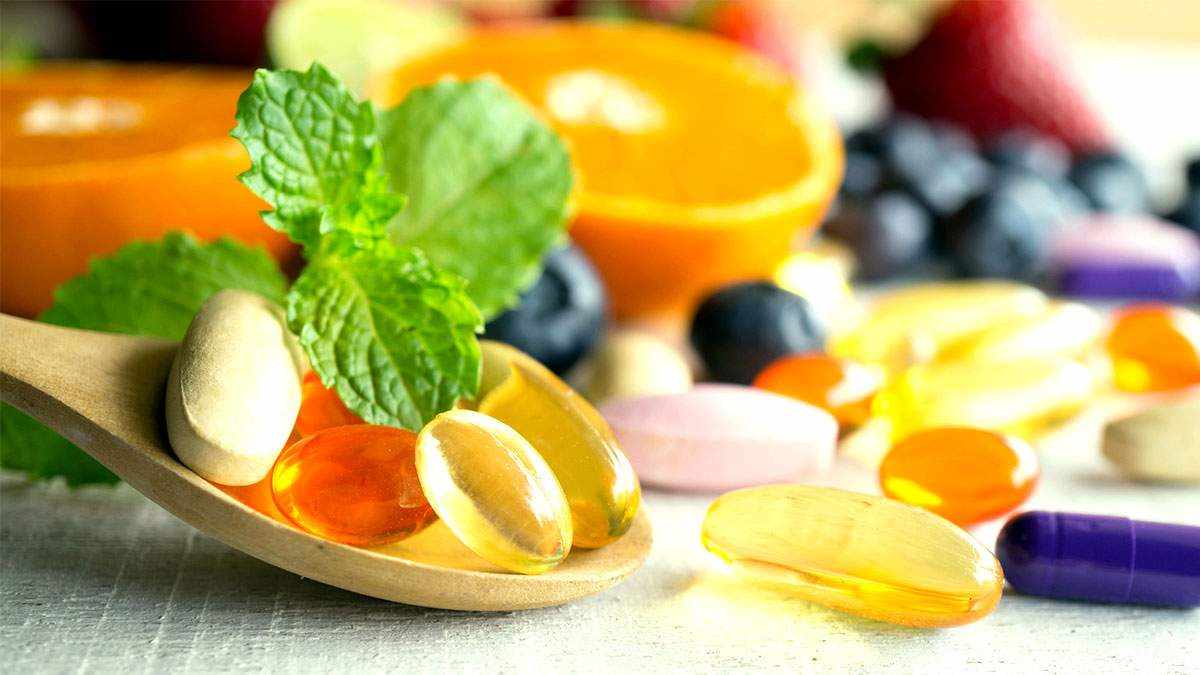
Rising Demand in Health-Conscious Market
Allulose, also known as D-psicose, has emerged as a game-changing sweetener in the food and beverage industry. This rare sugar, naturally found in small quantities in foods like figs, raisins, and maple syrup, has captured significant attention from manufacturers and consumers alike. Unlike traditional artificial sweeteners, allulose is a monosaccharide, or simple sugar, that provides the same texture and browning capabilities as regular sugar but with only a fraction of the calories.
Scientific Breakthrough and Manufacturing Process
The commercial production of allulose represents a remarkable achievement in food science. Manufacturers utilize enzymatic conversion of fructose to produce allulose at scale, making it commercially viable for mass production. The process involves using specialized enzymes that convert the molecular structure of fructose into allulose, maintaining its natural properties while altering its metabolic impact. This manufacturing breakthrough has enabled food companies to produce allulose at competitive prices, making it an increasingly attractive alternative for product formulation.
Health Benefits and Regulatory Approval
The FDA's recognition of allulose as Generally Recognized as Safe (GRAS) in 2012 marked a significant milestone in its commercial journey. Unlike traditional sugars, allulose is not metabolized by the body, resulting in minimal impact on blood glucose and insulin levels. This characteristic makes it particularly valuable for individuals managing diabetes or following low-carb diets. Furthermore, studies have suggested that allulose may possess additional health benefits, including potential anti-inflammatory properties and support for weight management through enhanced metabolism.
Integration and Product Development
Major food and beverage manufacturers have begun incorporating allulose into their product portfolios, particularly in the better-for-you category. From sugar-free beverages to low-carb baked goods, allulose's versatility has made it a preferred ingredient for product developers. Its ability to provide bulk and texture similar to sugar, combined with excellent stability during heating and freezing, has opened new possibilities in food formulation. Companies like Tate & Lyle and Ingredion have made significant investments in allulose production facilities to meet growing demand.
Consumer Acceptance and Trends
Consumer response to allulose has been notably positive, driven by increasing awareness of health and wellness. Market research indicates that consumers appreciate allulose's natural origin and its similarity to regular sugar in taste and functionality. The sweetener has gained particular traction among millennials and health-conscious consumers who seek alternatives to artificial sweeteners. This demographic shift has prompted retailers to expand their offerings of allulose-containing products, further driving market growth.
Economic Impact and Industry Transformation
The rise of allulose has created ripple effects throughout the food industry supply chain. Farmers growing corn, the primary source for fructose used in allulose production, have seen increased demand for their crops. Manufacturing facilities specializing in enzyme technology and sugar conversion have expanded their operations, creating new jobs and economic opportunities. The sweetener's success has also sparked innovation in related fields, from packaging solutions to distribution networks optimized for temperature-sensitive ingredients.
Challenges and Future Prospects
Despite its promising growth, the allulose market faces certain challenges. Production costs remain higher than those of traditional sweeteners, though economies of scale are gradually reducing this gap. Additionally, regulatory approval in some international markets is still pending, limiting global expansion opportunities. However, ongoing research and development efforts are focused on improving production efficiency and exploring new applications, suggesting a bright future for this innovative sweetener.
Investment and Market Competition
The allulose market has attracted significant investment from both established food companies and venture capital firms. Start-ups focusing on novel applications and improved production methods have emerged, creating a competitive landscape that drives innovation. Major players are investing in patent protection and proprietary technologies, while also forming strategic partnerships to strengthen their market position. This competitive environment has accelerated product development and market expansion.
Environmental and Sustainability Considerations
As sustainability becomes increasingly important to consumers and businesses, allulose manufacturers have emphasized their commitment to environmental responsibility. Many production facilities have implemented water recycling systems and energy-efficient processes. The relatively low environmental impact of allulose production compared to some artificial sweeteners has become a selling point for environmentally conscious consumers and brands.
International Market Development
While North America currently leads in allulose consumption, other regions are showing increasing interest. Asia-Pacific markets, particularly Japan and South Korea, have seen growing adoption rates.
Get More Insights - Allulose
Get This Report in Japanese Language - アルロース市場
Get This Report in Korean Language - 알룰로스 마켓
About Author:
Vaagisha brings over three years of expertise as a content editor in the market research domain. Originally a creative writer, she discovered her passion for editing, combining her flair for writing with a meticulous eye for detail. Her ability to craft and refine compelling content makes her an invaluable asset in delivering polished and engaging write-ups.
(LinkedIn: https://www.linkedin.com/in/vaagisha-singh-8080b91)




















Write a comment ...